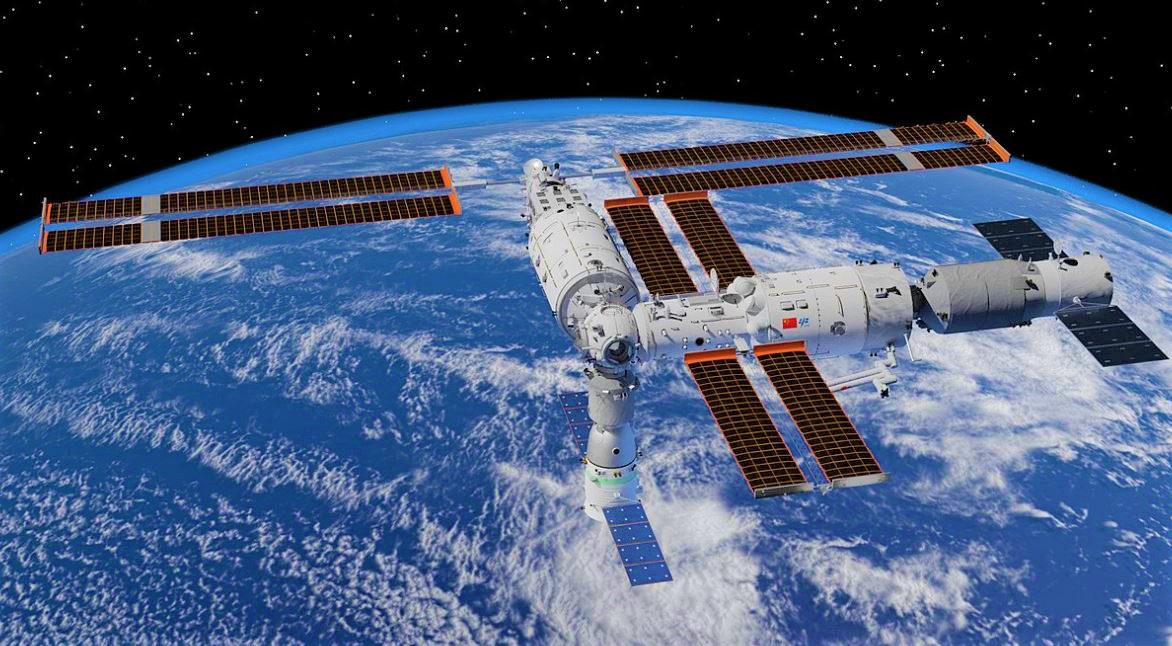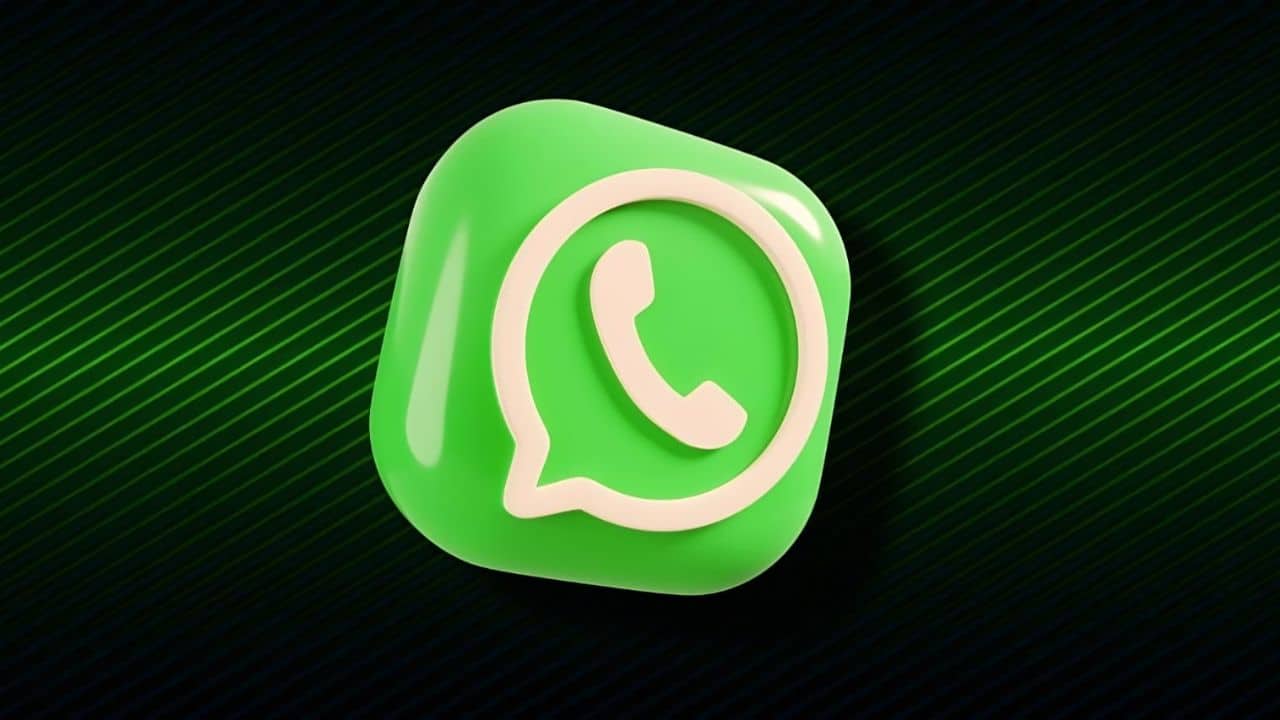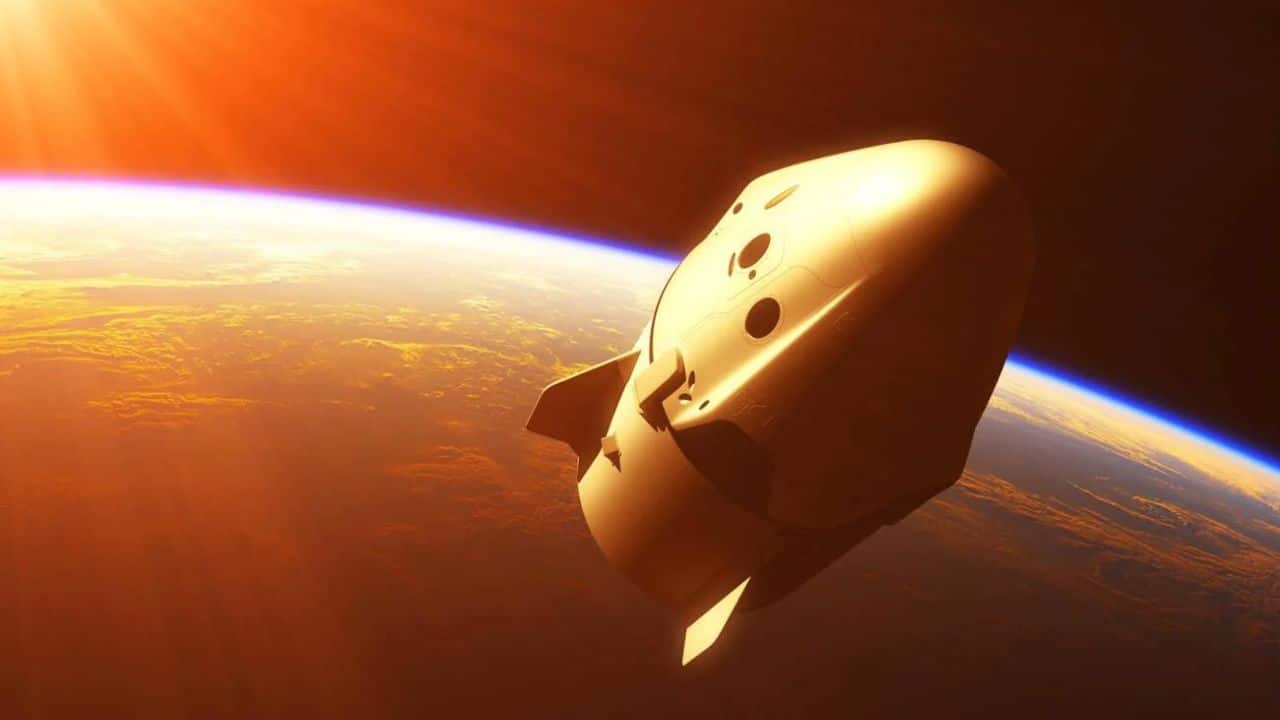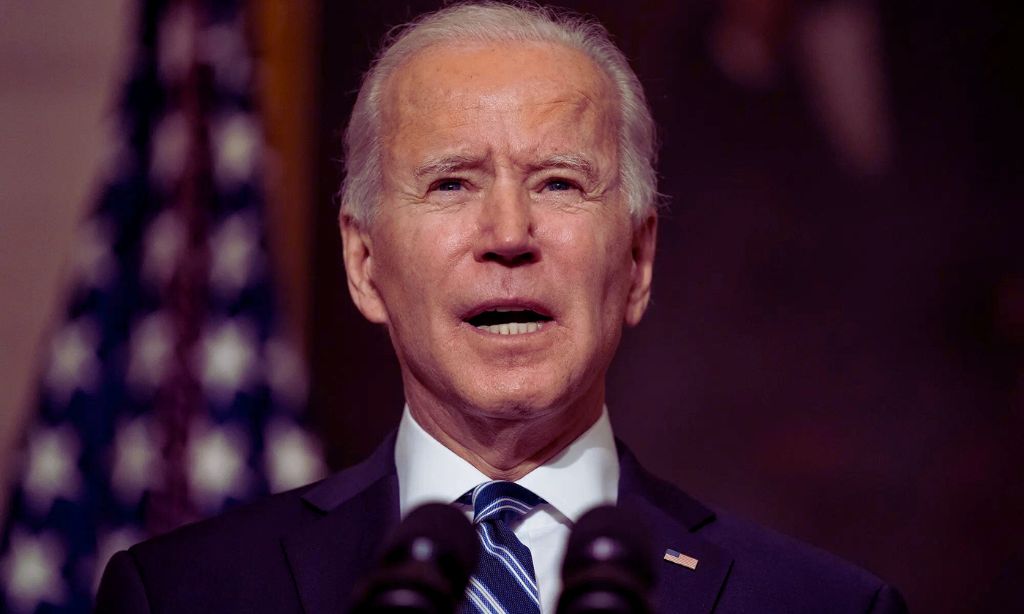The first astronauts arrived Thursday at China’s new space station on the longest manned mission in history, marking a key milestone in Beijing’s rise as a major space power.
The trio lifted off aboard a Long March 2F rocket from the Jiuquan spaceport in northwest China’s Gobi Desert, and about seven hours later their spacecraft docked with the Tiangong station. They will spend the next three months at the station.
State television CCTV broadcast live from inside the spacecraft during the trip. After entering orbit, the three astronauts lifted their helmet visors, one of them smiled and waved at the camera. The other hovered weightless with pen in lap, flipping through the flight manual.
About seven hours after launch, space officials confirmed that the spacecraft had docked with Tianhe, the main module of the country’s new space station.
The Shenzhou-12 spacecraft has “successfully docked to the forward port of the main module” of the Tiangong station, China’s manned space agency said, with state television broadcasting live pictures. At the pre-launch ceremony, the three astronauts, already wearing spacesuits, greeted a crowd of well-wishers and space workers who chanted the patriotic chant “Without the Chinese Communist Party, there would be no new China.”
The mission commander is Ni Haisheng, a decorated pilot of the People’s Liberation Army Air Force who has already participated in two space missions. The other two members are also military personnel.
Cosmic life
The space station’s Tianhe module includes separate accommodations for each of the astronauts, a “space treadmill” and an exercise bike, and a communications center for e-mail and video calls to Earth.
This is the first flight of a Chinese manned spacecraft in almost five years. Weifeng Huang, spokesman for China’s manned space program, said the astronauts will perform two spacewalks during the flight, both lasting six to seven hours. He also said the trio will use newly developed spacesuits for the spacewalk.
The launch is a high-profile affair in China as Beijing prepares to celebrate the 100th anniversary of the ruling Communist Party on July 1 with a major propaganda campaign. To prepare for the flight, the crew undertook more than 6,000 hours of training, including hundreds of underwater somersaults in full spacesuits.
The Chinese space agency plans a total of 11 launches by the end of next year, including three additional manned missions to deliver two 70-ton station extension laboratory modules, as well as supplies and crew members.
China’s space ambitions are fueled, in part, by the U.S. ban on taking astronauts off the International Space Station, a collaboration between the United States, Russia, Canada, Europe and Japan. It was supposed to be decommissioned after 2024, although NASA said it could remain in service until 2028.
Tiangong will be much smaller than the ISS and should last at least 10 years. China has said it is open to international cooperation on its space station, but has not yet given specific details.
Zhou Jianping, chief designer of the space program, said, “Foreign astronauts will undoubtedly arrive at the Chinese space station someday. Several countries have expressed a desire to do so and we will be open to this possibility in the future.”
In March, Beijing said it was also studying the possibility of building an independent lunar space station with Russia, and this week the two countries released a roadmap on cooperation possibilities.
You can also read more from our Entertainment articles here Now you see me, Love Alarm season 2, Young Justice season 4, Duckduckgo browser download, Shield Hero season 2, Salvation season 3, the feed season 2, Taboo season 2.









































